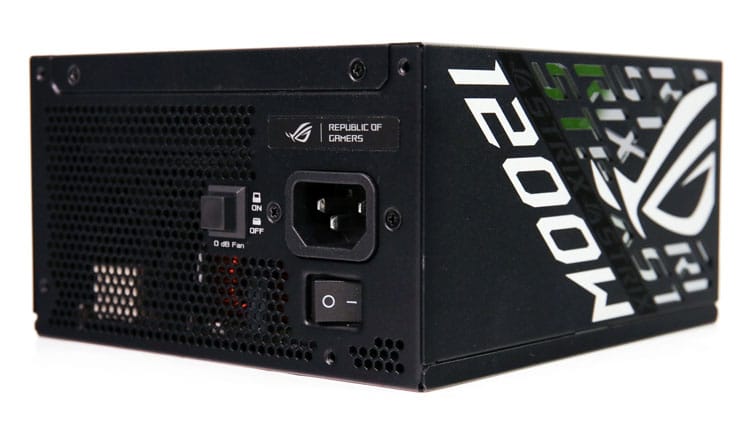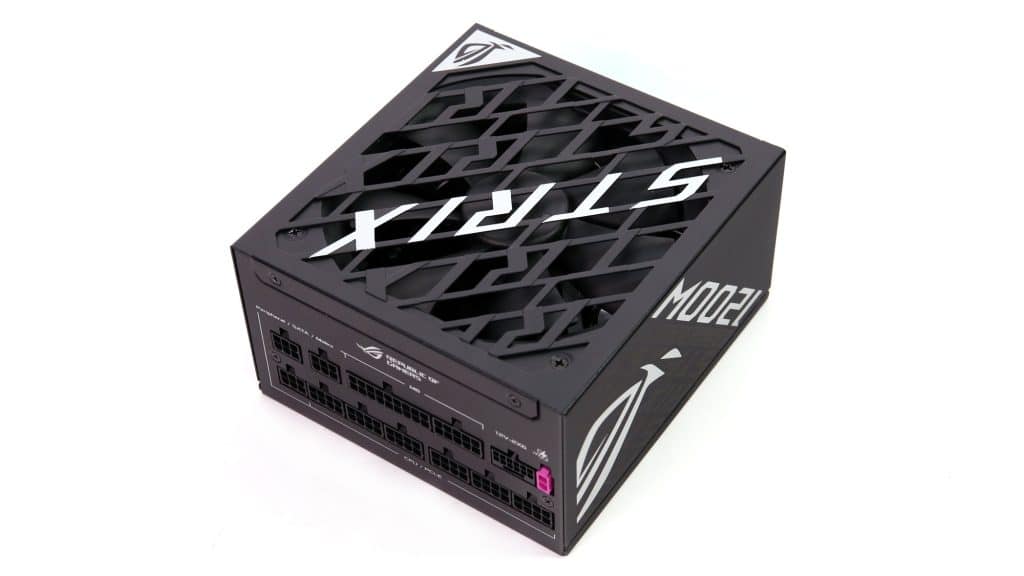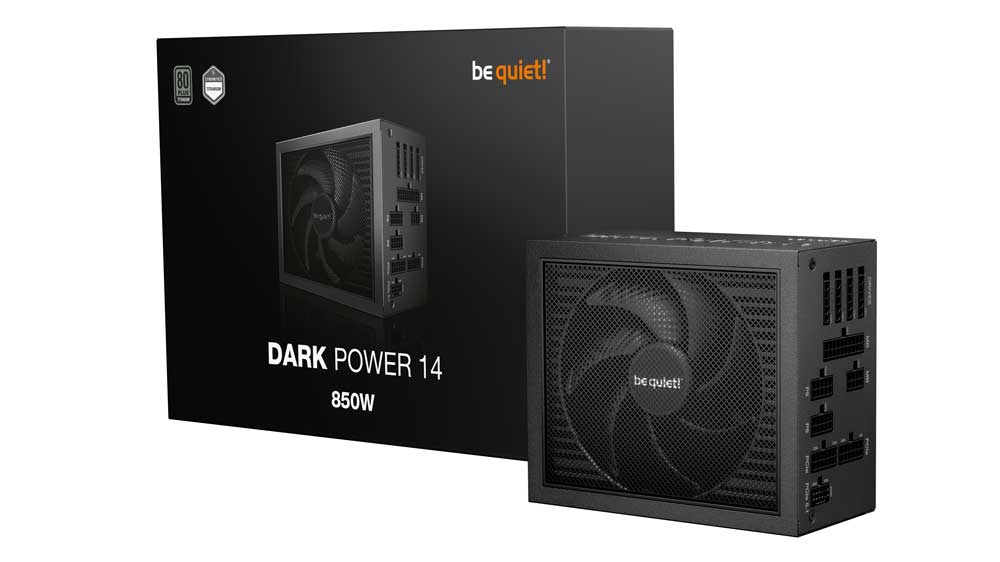Epilogue
The Asus Rog Strix 1200W Platinum uses a modern platform, GaN MODFETs, and quality parts. Still, something looks missing since its overall performance is among the lowest in the 1200W category. The performance difference with other popular products, e.g., the Seasonic PX-1200, is insignificant at only 1.1%, but I expected more from this platform and Great Wall. It seems that Asus only paid special attention to the PSU’s output noise, leaving out performance and other vital factors. However, the PSU meets the ATX v3.1 requirements in transient response; it isn’t fully compatible with this standard since its power ok signal’s hold-up time is the same as the hold-up time, while it should be at least 1 ms lower. To get an ATX v3.1 compliance pass a PSU must meet all corresponding requirements, and this is something that some manufacturers miss focusing on the power excursion requirements which after all are overkill for the current generation GPUs, since none of them has so high power spikes to ask for a 1200W PSU’s double max power.
The transient response of the 12V rail at high loads is not that good, and the same applies to the 3.3V rail, which needs to be beefed up. Moreover, the inrush currents are high, and vampire power should be lower. On the other hand, the unit’s efficiency is high, the 5VSB rail achieves sky-high efficiency, the load regulation is tight on the primary rails, ripple suppression is good, and the PFC converter performs well. According to my sources in Asus, you should expect a price similar to the Corsair HX1200i for this unit, which currently costs $280. This is a high price tag, and Asus should improve this PSU to justify it. The first and most crucial step is to either increase the hold-up time or lower the power ok signal’s hold-up time to achieve a delay that exceeds 1 ms and fully meets the ATX v3.1 specification.
Before investing in a new power supply, read my Best ATX v3.x PSUs article to check all alternative PSU offerings. You help me a lot by using my affiliate links, which don’t increase the product’s price. I get a commission from Amazon every time you do it, which can make a difference for me, especially now that I am on my own, working exclusively for my media and not for someone else.
- Delivered full power at 47°C
- High-quality parts
- Quiet operation
- Efficient
- Tight load regulation on the +12V and minor rails
- Good ripple suppression
- Good transient response (normal loads) at +12V
- Higher than 70% efficiency with a 2% load
- High power factor
- Alternative Low Power Mode (ALPM) compatible
- 4x PCIe on dedicated cables and 1x 12+4-pin PCIe connectors
- Not high overall performance
- 12V rail performance in ATX v3.x transient response tests needs improvement
- The minor rail OCP triggering points need adjustments
- Mediocre transient response at 3.3V
- The Power OK signal’s hold-up time is identical to the PSU’s hold-up time
- No fan failure protection
- Increased vampire power consumption
- Lower than 150mm distance between the SATA connectors
- I noticed some nasty marks on the PCB’s solder side




@crmaris, what do you think of ASUS ROG Strix 1200W Gold Aura Edition? Is it worse than this one?
Why Asus says on their Website only PCIE 5.0 ready? Is there something missing?
Marketing didn’t get the memo 🙂
This one states PCIe 5.0 compliant, and on Nvidia’s website 5090 requires PCIe 5.1 compliance.
Will this PSU still be good for 5090?
it will be ok yes.
So Asus is going to release a rev. 2 of this PSU with updated fan?
Or you just going to be lucky to get one with better fan?
This is so sluggish of Asus.
I was really hoping this PSU would be the one I would buy, instead of the FSP hydro ti pro 1000w.
They installed new fans, after we found this issue.
actually this unit has the improved fan.
So with the new fan, do you recommend this over the FSP hydro ti pro 1000w in terms of pure silence?
Nope
I read that ball bearing fans become significantly louder over their lifespan, so they’re deceptive in terms of noise. Is that true? Also, I read that if they’re dropped they can be ruined, so they’re more delicate than FDB fans. It seems like a no-brainer to exclusively use FDB fans in high-end PSUs. Ball bearing fans appear to be able to produce more static pressure than other fan types but since FDB fans apparently can be used in low-noise PSUs, it seems that that advantage isn’t enough to outweight the drawbacks.
With not high quality DBB fans yes this can be the case.